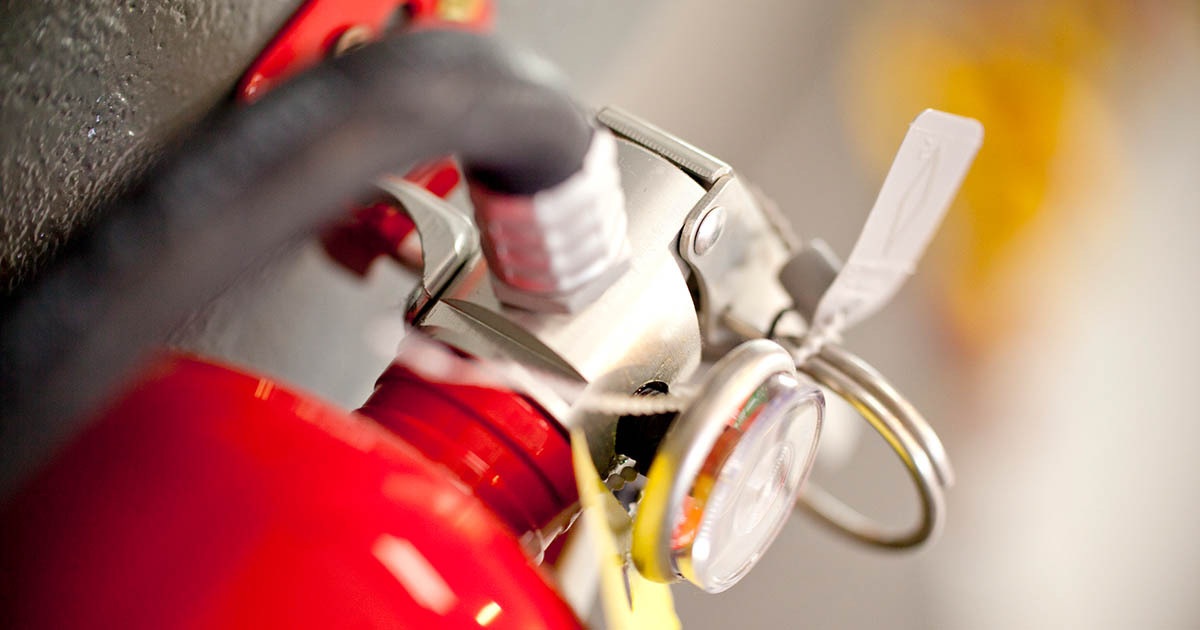
How Do You Put Out A Lithium-Ion Fire?
Lithium-ion batteries are everywhere—from heavy equipment like forklifts and electric vehicles, to portable devices like laptops and cell phones. They're lighter, stronger, and more efficient than traditional lead-acid batteries. However, they can spell trouble in the event of a fire.
Determining The Type Of Fire
Not all fires are the same—but if you're reading this blog, you probably already know that. Of the 5 classes of fires (A,B,C,D,K), most people would probably guess either class C (electrical) or class D (combustible metal), and that's not entirely wrong. However, since lithium-ion batteries do not contain actual metallic lithium, a class D extinguisher would be the wrong choice in this scenario.
And while the batteries are technically energized electrical equipment, they are not a class C hazard either. Here's why—lithium-ion batteries utilize liquid electrolytes to create a conductive pathway. Therefore, lithium-ion batteries are a class B (flammable liquid) hazard.
Extinguishing The Fire
Now that we've determined the type of fire, we're ready to grab an extinguisher and rush into harms way, right? Not exactly. As fire fighters have discovered in recent years, lithium-ion battery fires are prone to reigniting. That's because the lithium salts in the battery are self-oxidizing, which means that they can't be "starved out" like a traditional fire. So how do you put it out?
Because the lithium has an ignition point of 500°C, the battery has to be cooled to a sub-ignition temperature. That's why it took the fire fighters in Texas 30,000 gallons of water and 4 hours to extinguish the blaze.
Why This Is Relevant To You
As the popularity of electric vehicles and machinery continues to increase, so will the number of fires and other accidents that involve them. For instance, most forklift manufacturers have moved away from traditional lead-acid batteries in favor of more powerful and efficient lithium-ion alternatives. Laptops, tablets, phones, and pretty much all other portable electronics use them as well.
While the chances of a lithium-ion battery catching fire are minimal, it's important that you're aware of the possibility and have a plan of action prepared if it ever happens.
